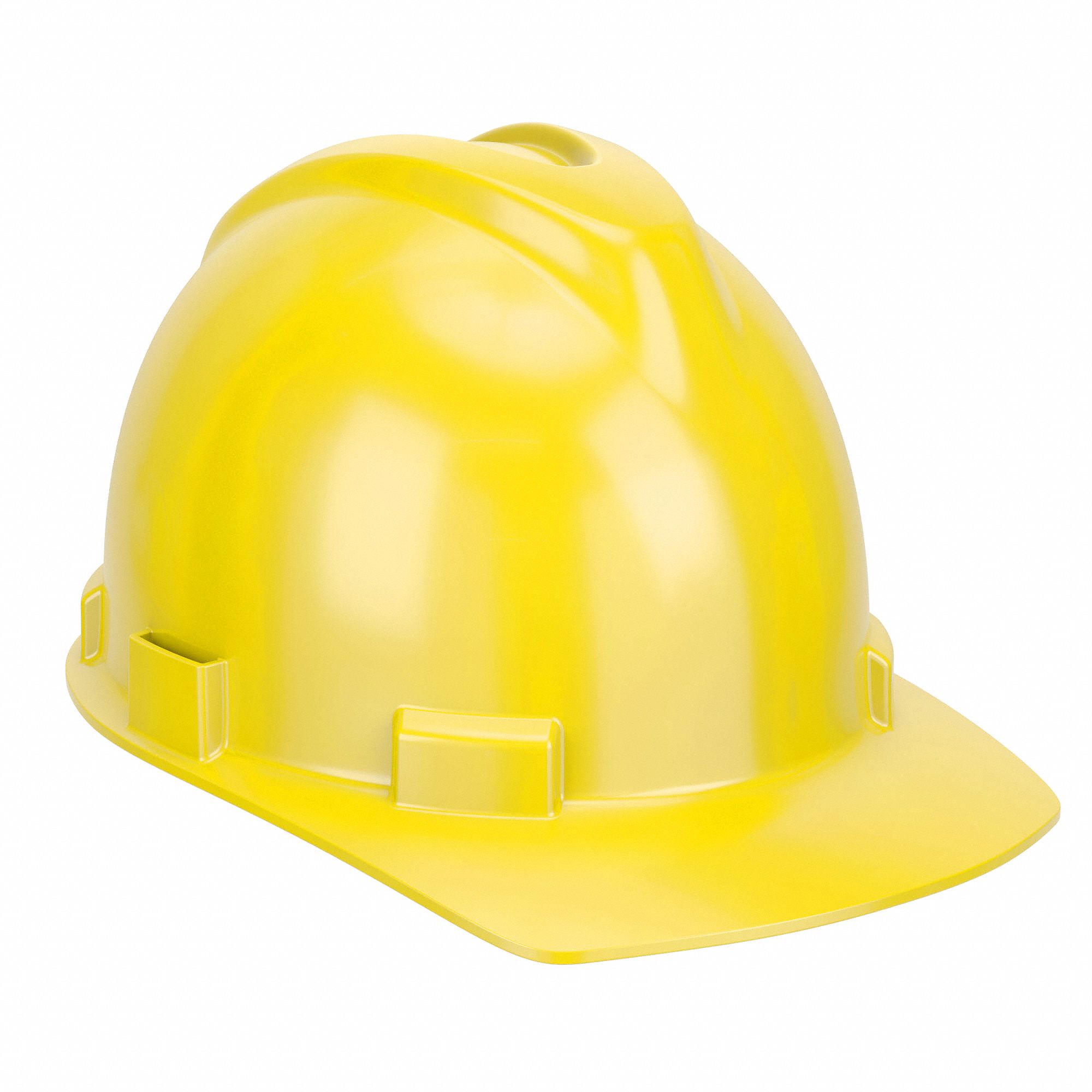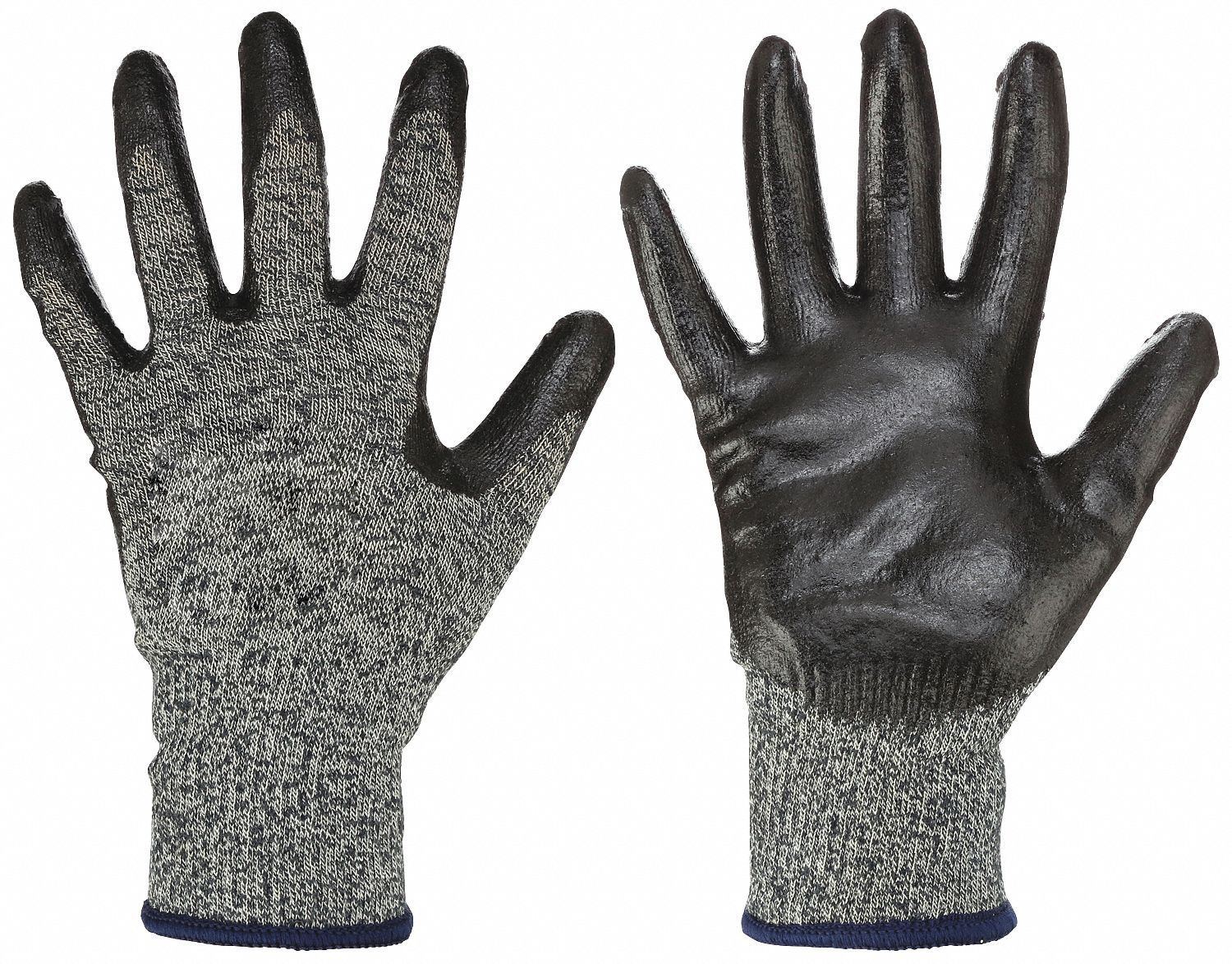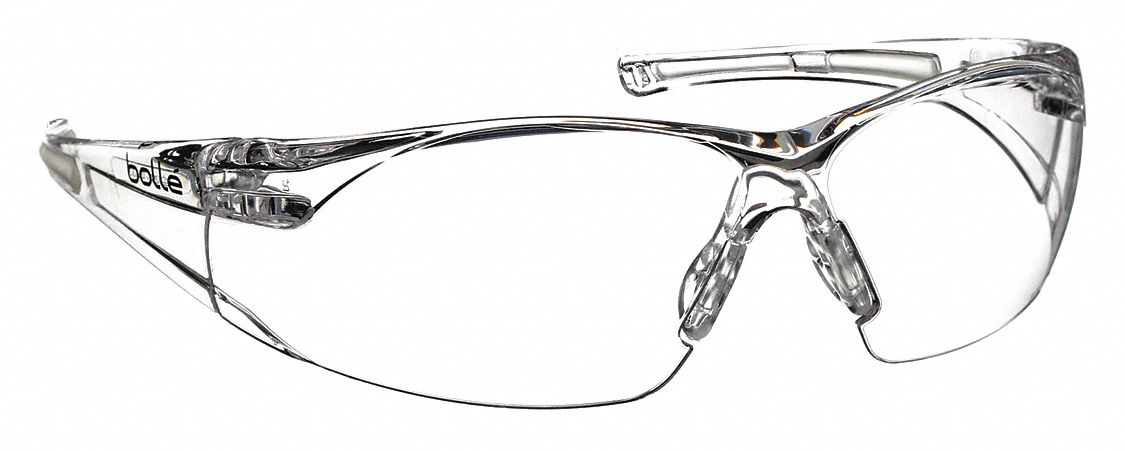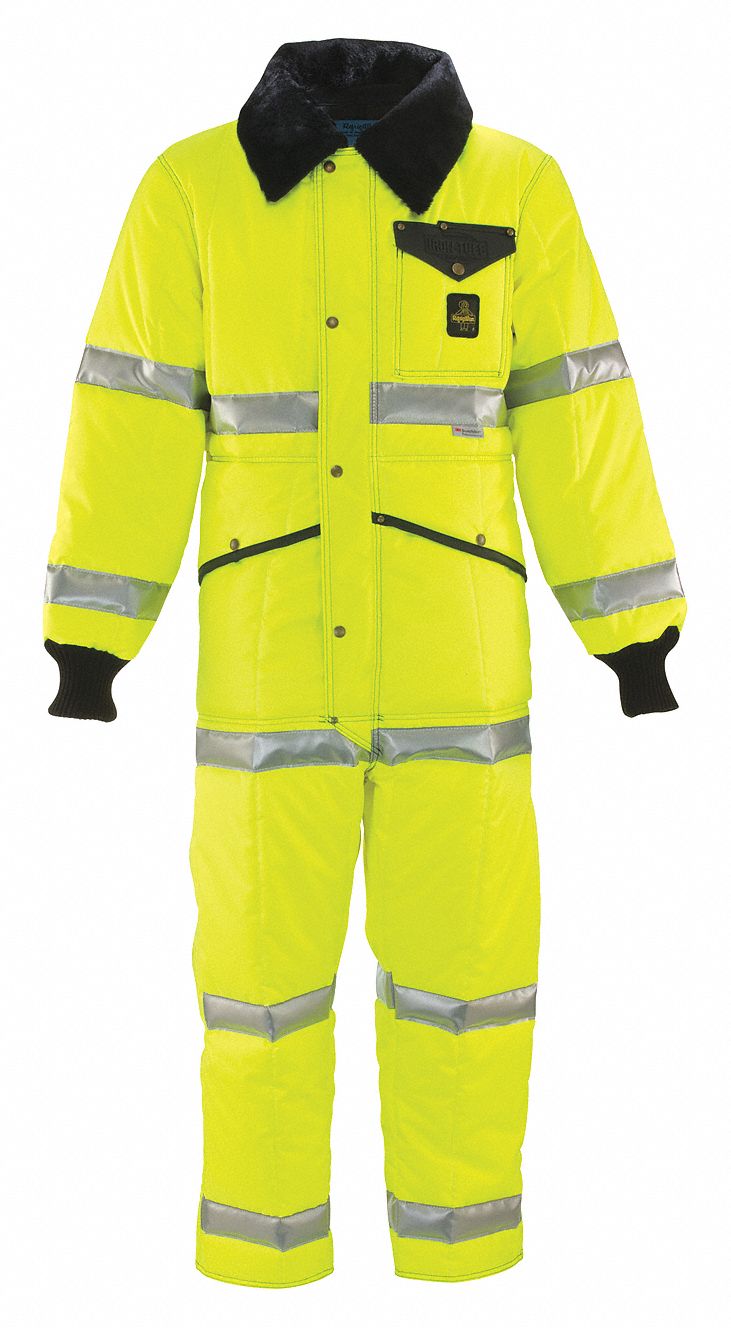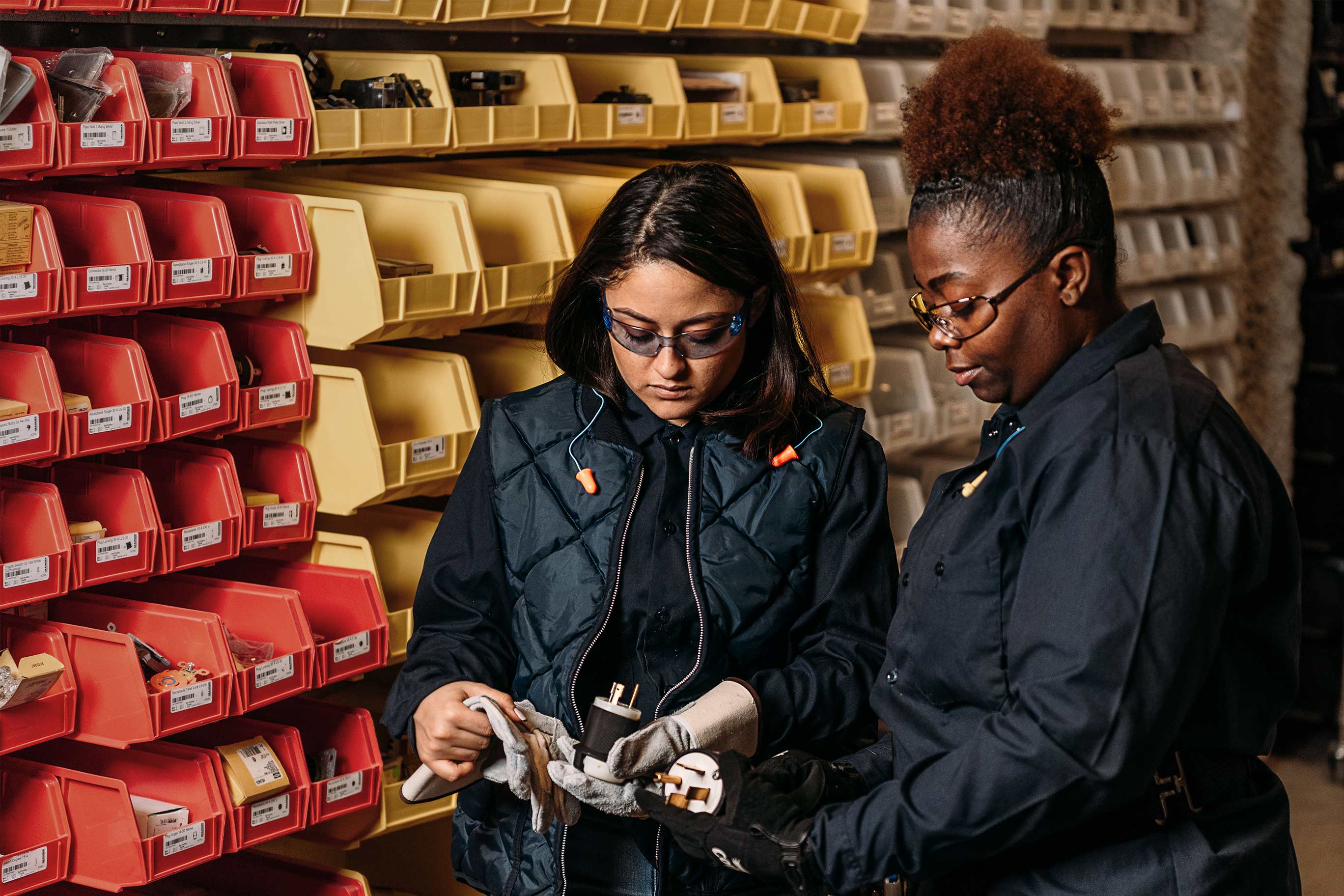

Gender-Specific PPE: Finding PPE Fit for Women
By Grainger Editorial Staff 2/24/22


Using the right tool for the job doesn’t stop at drills, drivers and angle grinders. PPE is an essential layer of protection for workers in every industry, helping ensure they complete their tasks safely and successfully. However, not all PPE is equally suited to every worker. Although women now make up nearly 30 percent of the manufacturing industry and 78 percent of all healthcare jobs, a 2019 report by the American Society of Safety Professionals (ASSP) found acquiring properly fitting PPE on the job is still a challenge for many female workers.
Overwhelming PPE demand resulting from the COVID-19 pandemic further highlighted the need for more inclusive and gender-specific PPE. Canadian Occupational Safety reported that shortages of PPE, especially N95 respirators among health care workers, also highlighted the fact that some respirators and face masks may not be suitable for different face shapes, particularly women’s.
While the root of this issue can be traced back at least 70 years, there are signs that society and industries are beginning to meet the needs of the modern workplace.
Using Data from the 1950s
Selecting the right PPE for women comes down to physiology. According to the American Society of Safety Professionals (ASSP), anthropometry, the science that defines a person’s size, body shape and functional capacities, is an essential element of PPE design and occupational injury protection. However, PPE has traditionally been designed and manufactured for men based on outdated anthropometric data.
Much of the data used to develop PPE by the National Institute for Occupational Safety and Health (NIOSH) is based on military personnel studies collected in the 1950s and 1970s. This data is used to determine the fit of machines, vehicles and PPE. According to the NIOSH Science Blog, this has “resulted in poorly fitting PPE for women, non-whites, and individuals with body shapes and sizes that may not fall ‘within the [average] range,’” such as those who are overweight, shorter than 5-foot-5 or taller than 6 feet.
Experts note the lack of properly fitting clothing for female workers may be due to employers and manufacturers trying to adapt to a rapidly evolving workplace where female workers are increasingly entering less “traditional” work environments and professions that were previously dominated by males. Whether the lack of properly fitting PPE is due to a conscious or unconscious bias, safety professionals are helping to raise awareness that women need to be afforded access to properly fitting clothing that will keep them safe and comfortable on the job.
The Problem With the ‘One Size Smaller’
To help bring awareness to women’s unique PPE needs, Safety & Health Magazine outlined the sizing differences between men’s and women’s bodies and how they can impact the fit and overall safety of personal protective equipment.
Women may have narrower shoulders than men but need more room in the chest. Likewise, women’s torsos are often shorter than men’s, but women usually have wider hips than men. Gloves are another area where the differences are small but meaningful. Women typically have smaller hands, narrower fingers and different finger length proportions compared to men.
Altogether, these differences call for garments and other PPE equipment to be tailored for the shape of women’s bodies — not just generally sized down. This need calls into question a long-standing rule-of-thumb about choosing PPE for women.
For years, many PPE manufacturers and industry employers have suggested that women purchase men’s PPE garments one size smaller than they would typically wear. However, this recommendation isn't ideal based on the sizing comparisons above. Garments that fit in the chest, for example, would be too big in the shoulders or too narrow at the hip, while work gloves that fit across the hand would have longer fingers than necessary.
Purchasing PPE one size smaller amounts to more than just work gear that doesn’t look quite right on a female body. Ill-fitting PPE prevents the wearer from moving comfortably and efficiently in their tasks. More importantly, gear that doesn’t fit properly presents safety hazards, such as:
- Extra material from oversized garments could snag on machinery.
- Gloves that don’t fit the hand properly can cause the wearer to drop or mishandle materials.
- Improperly sized headgear, eye protection and hearing protection may not perform correctly for the wearer or could slip down or fall off, causing accidents.
- Footwear primarily designed for men can cause problems for female wearers, including trouble walking, blisters, and steel toe protection that doesn’t adequately cover the toe.
- Improperly sized safety vests and fall harnesses can increase the risk of injury or harm.
Employees frequently cite comfort as a major factor in how likely they are to wear their PPE. To help encourage usage, as a best practice OSHA recommends PPE should fit comfortably to encourage worker use and whenever employers are required to purchase PPE, "they should purchase these items in size ranges suitable for women. Employers should maintain a directory of PPE manufacturers and suppliers on hand, identify a wide selection of size ranges for PPE, keep appropriate size ranges in stock, and ensure direct accessibility, as required." With that in mind, fit testing for all team members is essential for compliance that benefits the wearers and the company.
Other Costs of Ill-Fitting PPE
Beyond the safety and comfort concerns, ill-fitting PPE may lead to a host of problems for women.
According to IOSH Magazine, improperly fitting equipment like heavy work boots, respirators and body protectors can lead to chronic musculoskeletal disorders. Women can also be at increased risk of bullying and harassment on the job due to poorly fitting PPE. In 2016, Women in Science and Engineering, the Trades Union Congress and the Institution of Mechanical Engineers conducted a survey exploring PPE for women in the UK. The report found that improperly fitting PPE not only hindered their work, making them uncomfortable and increasing the risk of injury, but 28% of respondents reported that they had been subjected to disparaging comments on the job due to poorly fitting PPE. Some women also reported covering the costs of PPE themselves, taking sick leave or changing jobs due to embarrassment and lack of consideration for bodily changes for women such as pregnancy and menopause.
In a 2019 report by the ASSP on Women and Safety in the Modern Workplace, safety experts noted ill-fitting PPE can also psychologically affect workers. Properly fitting PPE can help workers feel more confident and be more productive. Safety experts noted that when women don’t have the proper PPE to wear on the jobsite, they may alter the PPE to fit. Altering PPE compromises the integrity of the equipment and jeopardizes the individual’s level of protection. Or even worse, women may opt not to wear the PPE, putting themselves at increased risk of injury.
Awareness Helps Drive Changes
In the U.S. and globally, this matter is receiving increasing attention. The American Medical Association's House of Delegates presented a resolution in June 2021 directing the AMA to "encourage the diversification" of PPE. The United Nations Economic Commission for Europe (UNECE) brought together standards organizations — including ASTM International and ISO — to develop standards and technical regulations for more gender-responsive PPE. And, Canadian Occupational Safety pointed out the emergence of companies exclusively producing women's safety and work gear.
Examples of emerging PPE for women include:
- Protective clothing like arc flash and flame-resistant garments now feature tailoring that better fit women’s bodies for comfort and ease of movement.
- Footwear designed for women is available for safety and comfort in various applications, including lab, construction and warehouse work.
- Bib overalls and work jeans in women’s sizes make daily activities more comfortable and convenient, thanks to adequately placed zippers and pockets and better-fitting waistbands and pant lengths.
- Heated jackets, vests and other general workwear, including work shirts, scrubs, lab coats and hi-visibility clothing, are now being designed with women in mind, thanks to sizing that better reflects female body proportions the shoulders, chest, waist and hip areas.
- There is also a growing focus on providing safety apparel for women who are pregnant or going through menopause, have disabilities, or different ethnicities and faiths who may need certain accommodations.
The International Safety Equipment Association advises PPE fit should be communicated so that a worker can understand their size, and employers must make an effort to purchase the sizes needed, no matter the quantity.
View more safety tips, products and resources to help protect your employees and operate safer facilities.
The information contained in this article is intended for general information purposes only and is based on information available as of the initial date of publication. No representation is made that the information or references are complete or remain current. This article is not a substitute for review of current applicable government regulations, industry standards, or other standards specific to your business and/or activities and should not be construed as legal advice or opinion. Readers with specific questions should refer to the applicable standards or consult with an attorney.

